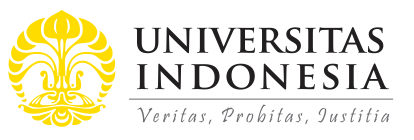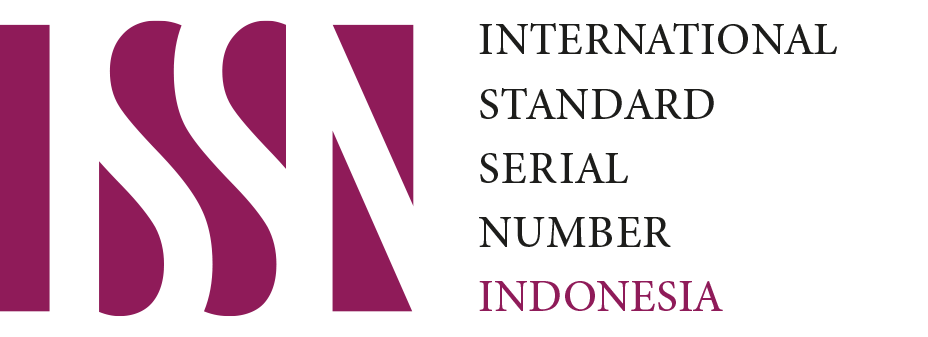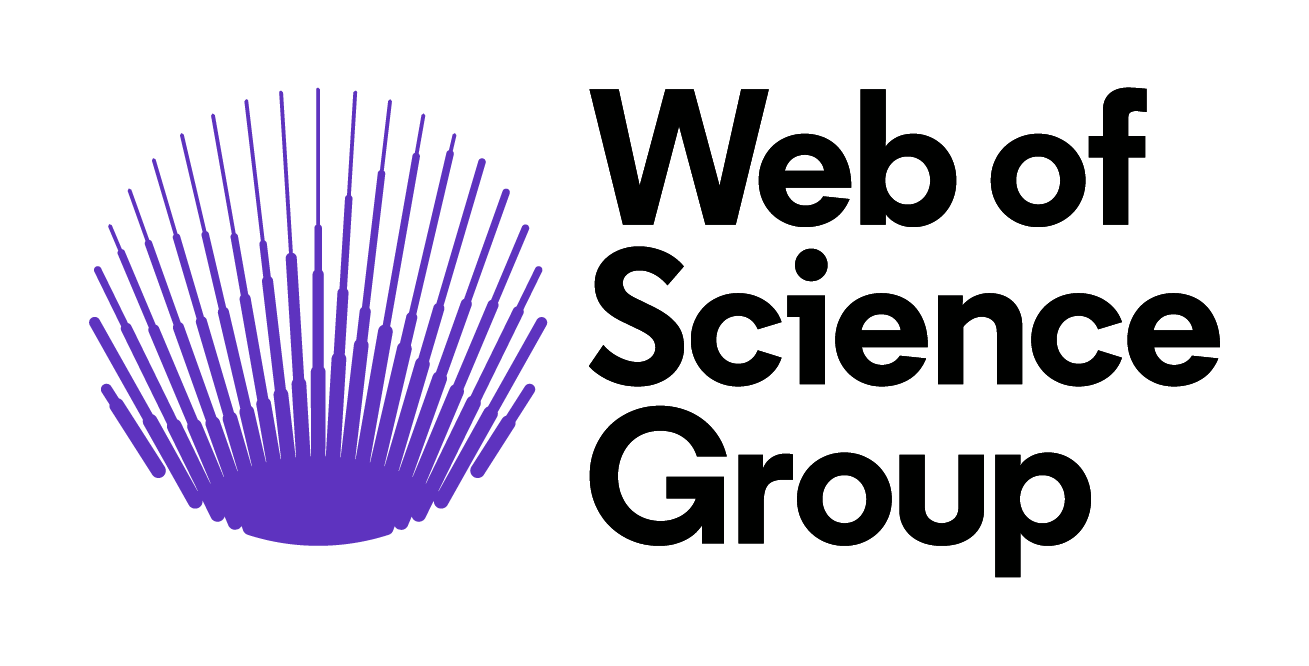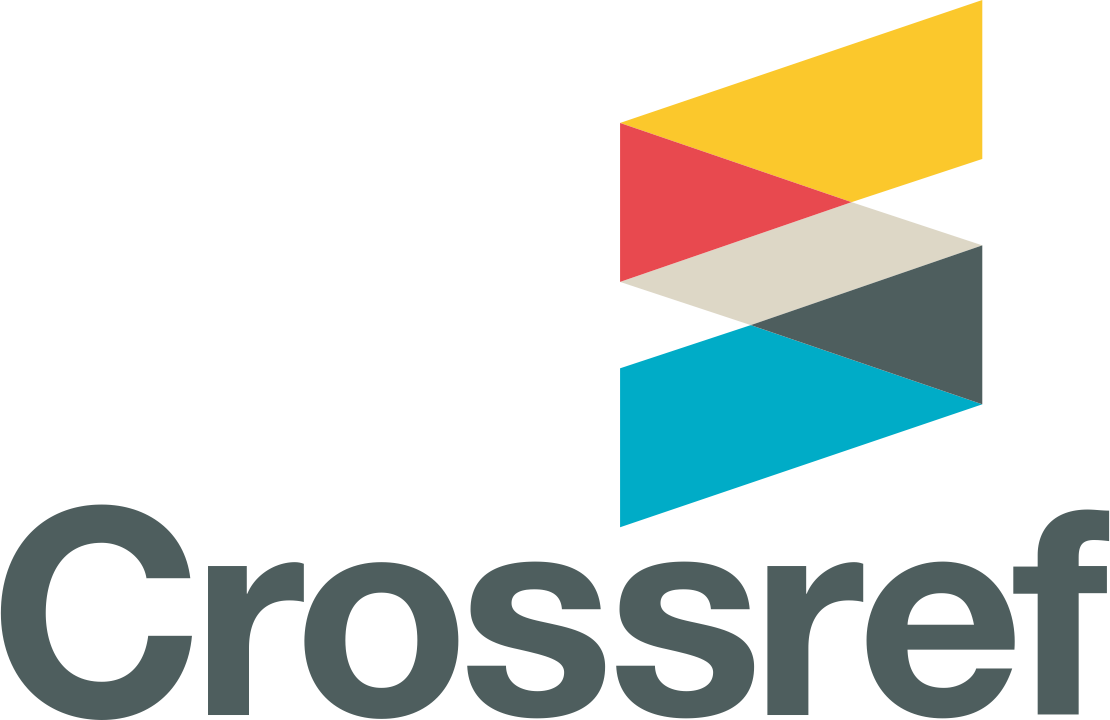Abstract
This study analyzes the stock investor's rational and irrational behavior formation through Investor's Adaptation model. Hypotheses testings were conducted by manipulating four market conditions using between-subject experimental design. The results supported the hypotheses proposed in this study. When given treatment one (opportunity-high control), investors tended to adapt the profit maximizing strategy (rational). Meanwhile, when given treatment two (opportunity-low control), three (threat-high control) and four (threat-low control), they tended to adapt the profit satisfying strategy (rational-emotional), bad news handling strategy (emotional-rational), and self-preserving strategy (irrational) respectively. The application of rational strategies are intended to obtain personal benefits and profit, while adapting irrational strategy is intended to recover emotional stability and reduce some other tensions. Another finding showed that for the investors, the relatively irrational decision formation was "harder" than that of rational.
Recommended Citation
Wendy, Wendy; Asri, Marwan; and Hartono, Jogiyanto
(2012)
"The Formation of Rational and Irrational Behaviors in Risky Investment Decision Making: Laboratory Experiment of Coping Theory Implication in Investors’ Adaptation Model,"
Indonesian Capital Market Review: Vol. 4:
No.
2, Article 1.
DOI: 10.21002/icmr.v4i2.3615
Available at:
https://scholarhub.ui.ac.id/icmr/vol4/iss2/1












